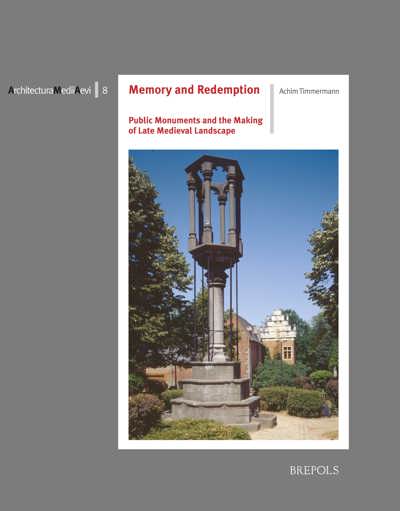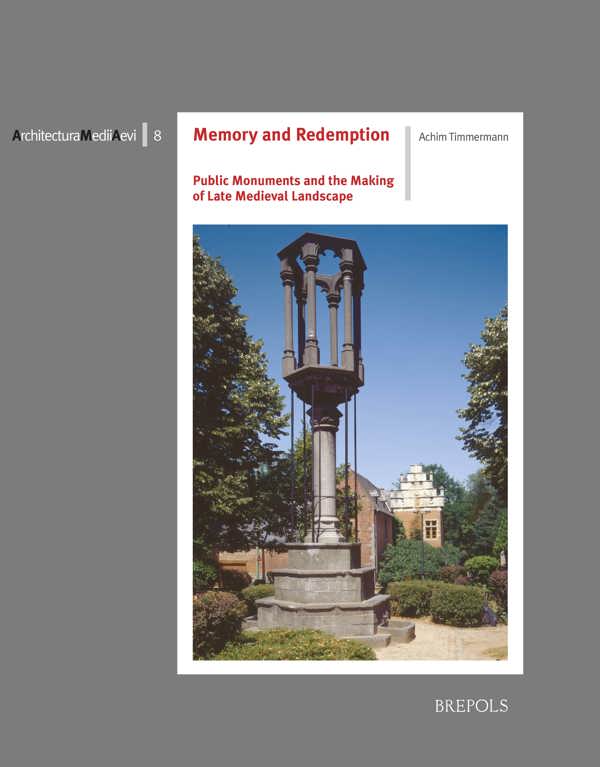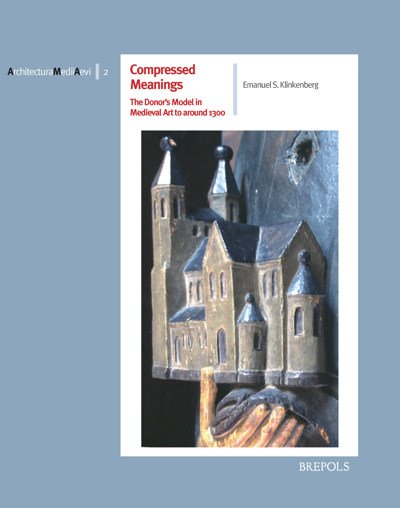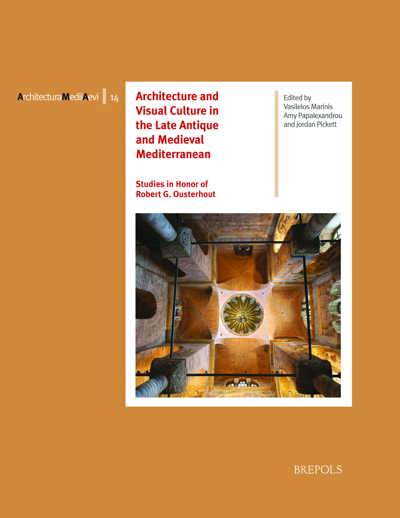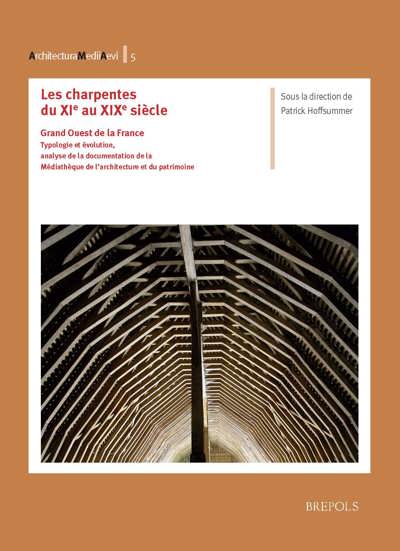
- Pages: 427 p.
- Size:216 x 280 mm
- Illustrations:335 b/w, 50 col.
- Language(s):English
- Publication Year:2017
- € 115,00 EXCL. VAT RETAIL PRICE
- ISBN: 978-2-503-54652-0
- Paperback
- Available
“(...) this book provides a work of lasting importance to the study of a rich but neglected series of monuments.” (Jennifer Alexander, in Church Monuments, 34, 2020, p. 218)
Achim Timmerann teaches medieval and northern Renaissance art and architecture at the University of Michigan, Ann Arbor. He is author of Real Presence: Sacrament Houses and the Body of Christ, c. 1270-1600 (AMA 4, 2009).
Erected in large numbers from about 1200 onwards, and featuring increasingly sophisticated designs, wayside crosses and other edifices in the public sphere – such as fountains, pillories and boundary markers – constituted the largest network of images and monuments in the late medieval world. Not only were they everywhere, they were also seen by nearly everyone, because large sections of the populace were constantly on the move. Carrying an entire spectrum of religious, folkloric and judicial beliefs, these monuments were indeed at the very heart of late medieval life. This is the first critical study of these fascinating and rich structures written by a medievalist art historian. Focusing on the territories of the former Holy Roman Empire, this investigation considers such important edifices as the towering wayside crosses of Wiener Neustadt and Brno or the elaborate pillories of Kasteelbrakel and Wrocław, though less ostentatious works such as the Bildstöcke of Franconia and Carinthia or the high crosses of Westphalia and the Rhineland are equally examined. In addition, the study looks at the homiletic, literary, devotional and artistic imagination, in which wayside crosses and other such structures helped constitute a spiritual and allegorical landscape that very much complemented and put pressure on the physical landscapes traversed and inhabited by the contemporary public.
A Short Introduction
Chapter 1: From the Ahenny Crosses to the Zderad Column: Northern Sacroscapes to c. 1500
Part 1: High cross (1), picture stone, and Irminsul: Competing monuments in northern and northwestern Europe to c. 1100
Part 2: High cross (2), discoidal cross, and Bildstock: Monumental landscapes in the Holy Roman Empire, c. 1100–1530
Part 3: Eleanor Cross, high cross (3), and Spinnerin am Kreuz: The great turriform monument in northern Europe, c. 1270–1470
Chapter 2: In the City: Persuasion and Protection
Part 1: The market cross: Commerce and the law.
Excursus: The market crosses of Britain and Ireland
Part 2: The pillory: Degradation through elevation
Part 3: The fountain: Regeneration and civic munificence
Part 4: Lion, Rider, Roland: Making and faking civic history
Part 5: The Stations of the Cross: The city as Jerusalem
Part 6: The cemetery lantern: Illuminating the city of the dead
Chapter 3: On the Road: Perdition and Perpetuity
Part 1: The poor sinner’s cross: Crime, punishment, and redemption, I
Part 2: The penance cross: Crime, punishment, and redemption, II
Part 3: Battle crosses and accident crosses: Disaster, trauma, and remembrance
Part 4: Pilgrimage- and processional crosses, safe conduct- and border stones: Trajectories and boundaries
